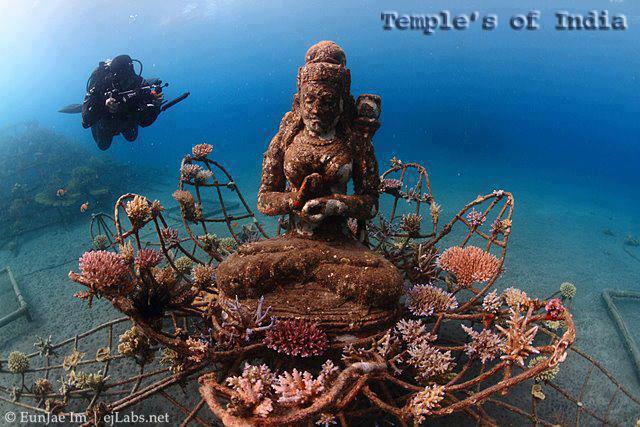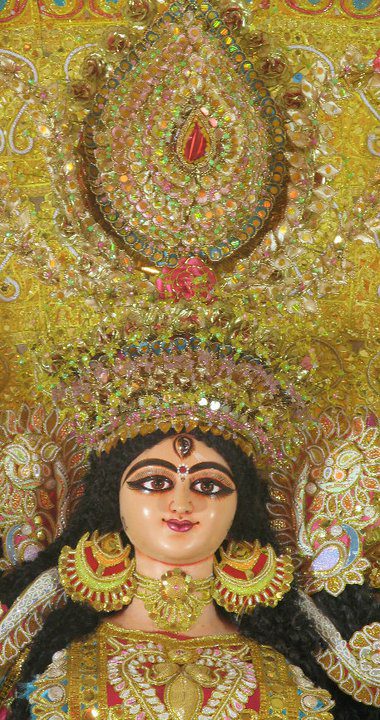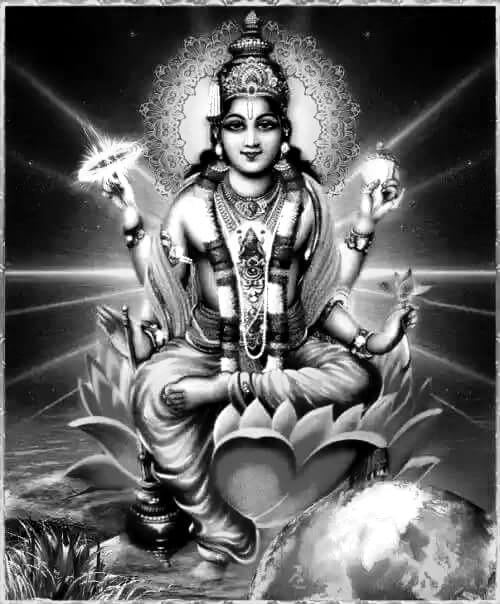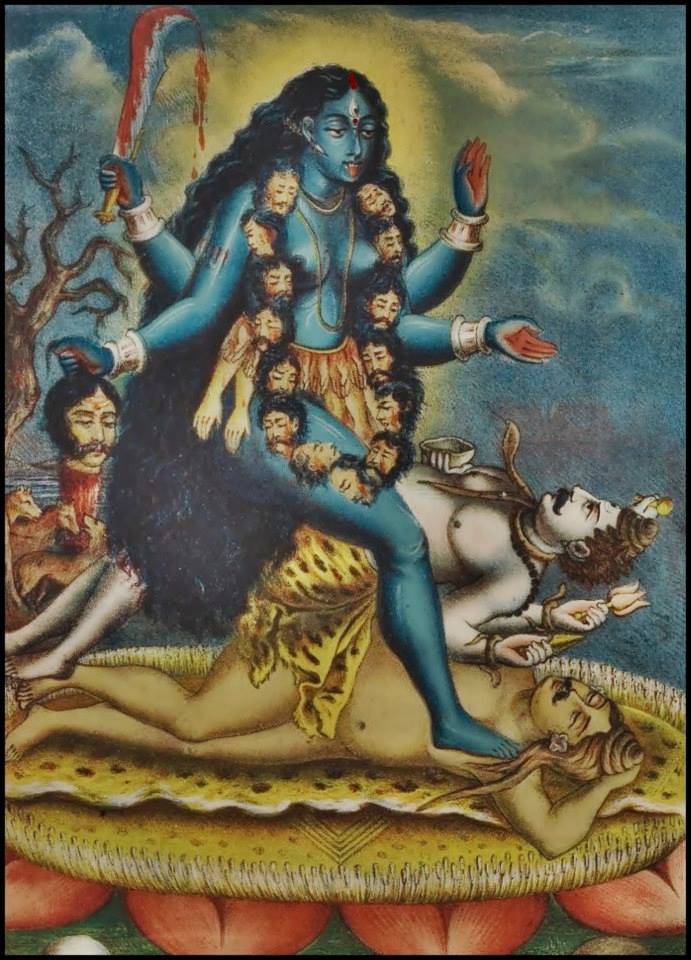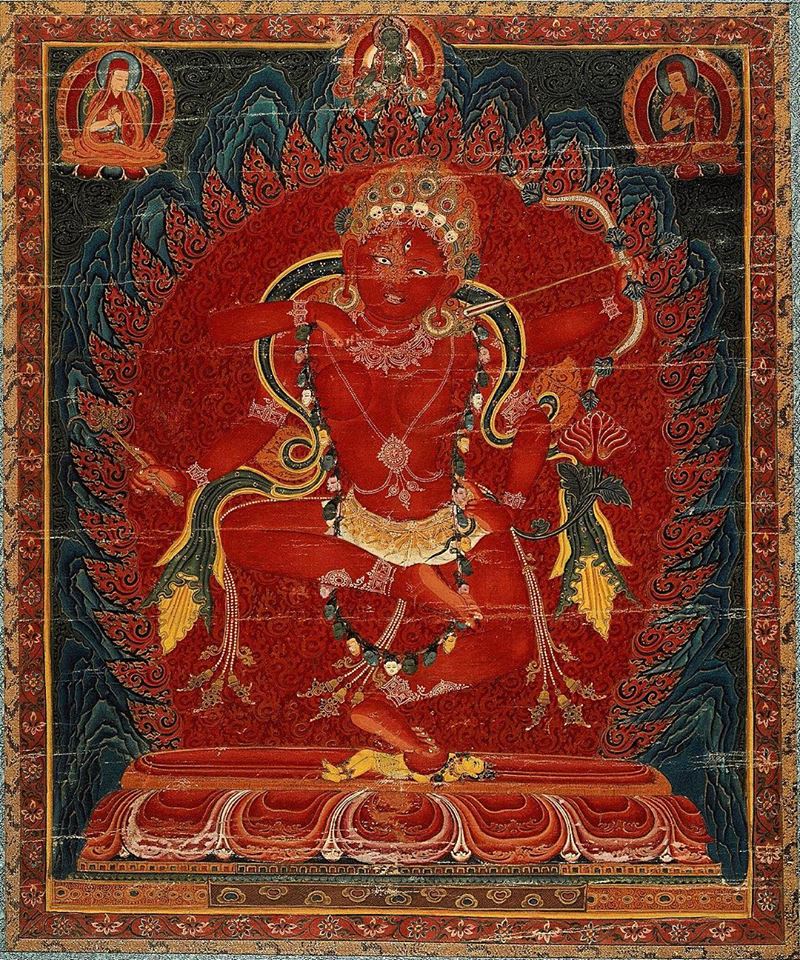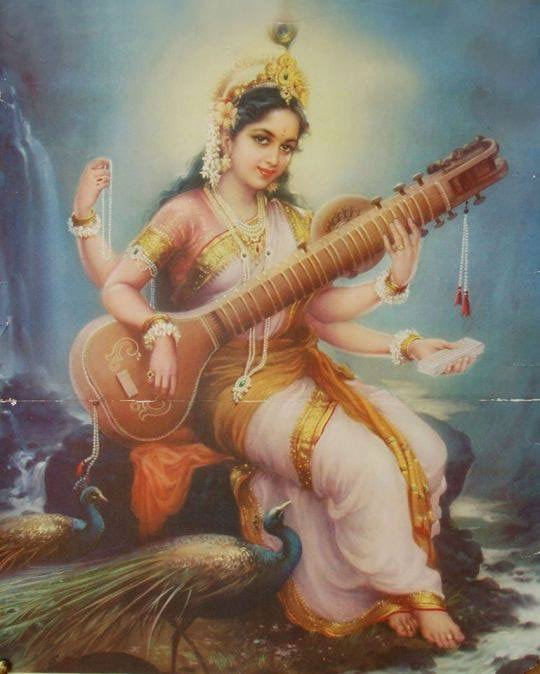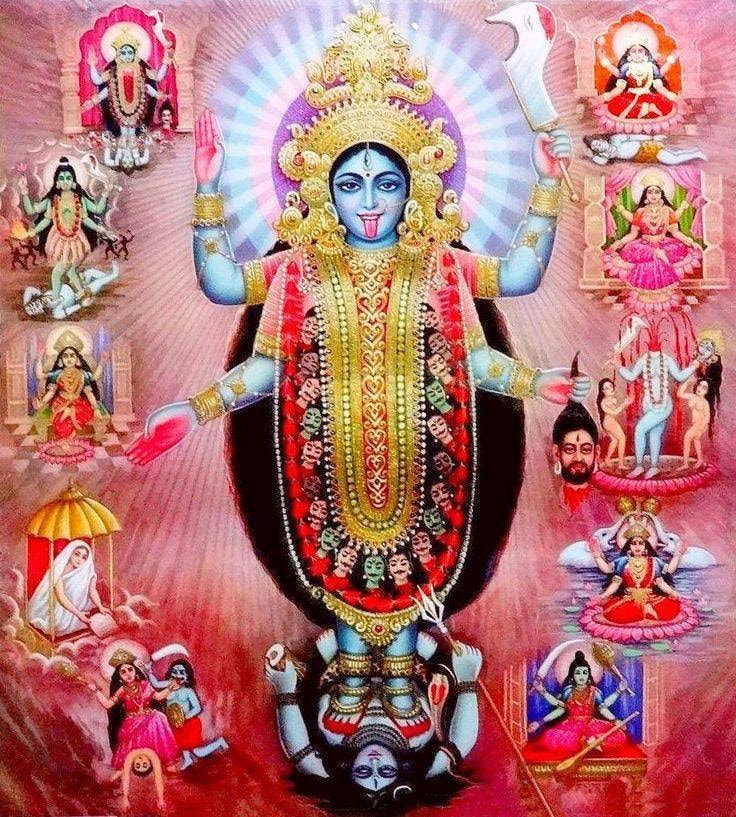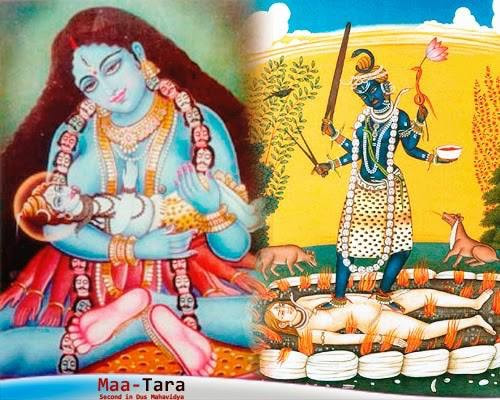
Mother is known as the Goddess of Strength, the female aspect of divinity, and Shakti, the driving force without which the male aspect, which represents consciousness or discrimination, is impotent. Mother Devi is the consort of Lord Shiva, Lord of Generation and Destruction. Mother Vaishnodevi's main temple is situated in Jammu region of the Indian state of Jammu and Kashmir.
SHAKTAM: Most Hindu traditions believe that the Vaishnodevi Temple is the holiest of all the ‘Shaktipeeths’ – places of worship dedicated to Goddess Shakti. Vaishnodevi Temple is also said to be the second most visited temple in India after the Tirumala Venkateshwara Temple in Andhra Pradesh. The most famous festival dedicated to Her is Navratri. There is a separate tradition within Hinduism devoted to her worship called Shaktam or Shaktism. Hindu Tantra is practically inseparable from Shaktism. In Shaktam, Devi is visualised in three forms as Durga, Lakshmi and Saraswati. Shaktam recognises the feminine energy to be the material energy necessary to mobilise the Lord’s spiritual energy. Otherwise He lies dormant.
DEPICTION: All Hindu goddesses may be viewed as different manifestations of Devi. In some forms she is benign and gentle, while in other forms she is dynamic and ferocious, but in all forms she is helpful to her devotees. Mother Vaishnodevi has eight arms. She holds many items including a sword, bow, shield and conch. She sits on a tiger who is in a passive position. She comes in many aspects. Devi is the mother of all living things. Her right hand holds joy and pain and her left hand holds life and death. She is a goddess of fertility, rain, health and nature, and holds the entire universe in her uterus. She is also a goddess of death.
VAISHNO DEVI SHRINE: Shri Mata Vaishno Devi Shrine or Vaishno Devi Mandir, is one of the oldest shrine of India, on the holy Trikuta Hills of the Shivalik Hill Range. This is near the town of Katra, in the Reasi district in the Jammu and Kashmir regions. This place is boosted with spiritual vibrations. It is said that the the Holy cave is 13 Kms from the Base Camp Katra. The Goddess Mata Vaishno Devi's abode is in 100 feet long cave with a narrow opening. The holy cold and crystal clear water washes the lotus feet of the Mata's "Pindian". There are three natural pindies representing Maha Sarswati, Maha Lakshmi, Maha Kali, which represent creative, preservative, and destructive aspects of the Super Power. It is an ancient shrine whose reference is found in the Vedas and ancient scriptures.
MYTHOLOGY: According to Devi Baghavatam, the immediate purpose of the creation of the goddess was the annihilation of Asura Mahishasura. However another purpose of her creation was that she might usher on earth an era of pious and ascetic life so that the peace could prevail upon the world and she through her penance could rise to higher levels of spirituality and ultimately merge with Vishnu.
The 'Goddess' having been created by the Devtas and the three lords ordained the human form, in South India, in the house of one Ratnakar Sagar. She was named as Vaishnavi but her household name was Trikuta. At nine years of age, Trikuta sought her father’s permission to do penance on the seashore. Subsequently, Vaishnavi started looking into her inner self for knowledge and soon learned the art of meditation and realized that meditation and penance only could bring her close to her greater objective. Vaishnavi thus relinquished all household comforts and continued Tapasya or deep meditation in the forests.
LORD RAMA: Trikuta prayed to Lord Vishnu in the form of Rama. During his search for Sita, reached the sea-shore with his army. His eyes fell on this divine girl. She recognized him immediately as no ordinary being but the incarnation of Lord Vishnu. So she asked him to merge her into himself so that she could become one with the supreme creator. However Lord Rama, knowing that it was not the appropriate time, dissuaded her by saying that he will visit her again after the end of his exile and at that time if she succeeded in recognizing him, he will fulfill her wish.
Trikuta told Sri Rama that She had accepted Him as Her husband. Sri Rama told Her that during this Incarnation He had vowed to be faithful to only Sita. However the Lord assured Her that in Kaliyuga He would manifest as Kalki and would marry Her and that he would visit her again. True to his words, Rama visited her again after being victorious in the battle, but this time he did so in the guise of an old man. Unfortunately, Vaishnavi was unable to recognize him this time and was distraught. Upon this, Lord Rama consoled her that the appropriate time for her being one with the creator had not come and he will eventually do so in 'Kaliyug' in his incarnation of 'Kalki'. Rama also directed her to meditate and set up an Ashram at the base of Trikuta hills to elevate her level of spirituality so as to bless the mankind and rid the poor and destitute of their sufferings and only then will 'Vishnu' merge her into himself.
Mother decided to observe the ‘Navratra’ for the Victory of Shree Rama against Ravan. Hence one reads the Ramayana during the 9 days of Navratra, in remembrance of the above connection. Shree Rama promised that the whole world would sing Mother Vaishno Devi’s praise. Trikuta was to become famous as Vaishno Devi and would become immortal forever.
GORAKH NATH: “As the time passed, a Tantrik named Gorakh Nath who had a vision of the episode between Lord Rama and Vaishnavi in the retrospective time frame, became curious to find out whether Vaishnavi has been able to attain a high level of spirituality or not. He, therefore, sent his most able disciple 'Bhairon Nath' to find out the truth. Bhairon Nath on locating the ashram started observing Vaishnavi secretly and realised that though a 'Sadhvi' she always carried bow and arrows with her and was always surrounded by langoors or apes and a ferocious looking lion. Bhairon Nath was enamored by Vaishnavi's extraordinary beauty and losing all good sense he began to pester Vaishnavi to marry him.
Meanwhile a staunch devotee of Mata Sridhar organised a Bhandara, community meal in which the whole village and Guru Gorakh Nath along with all his followers including Bhairon were invited. During the course of Bhandara Bhairon Nath attempted to grab Vaishnavi but she tried her best to daunt him. On failing to do so, Vaishnavi decided to flee away into the mountains to continue her 'Tapasaya' undisturbed. Bhairon Nath however chased her to her destination. The goddess after halting at Banganga, Charan Paduka, and Adhkwari, finally reached the holy cave Shrine. When Bhairon Nath continued to follow her despite the goddess trying to avoid a confrontation, the goddess was compelled to kill him.
Bhairon Nath met his ultimate fate when the goddess, just outside the mouth of the cave, beheaded him. The severed head of Bhairon fell with a force at a distant hilltop. Bhairon Nath upon death realised the futility of his mission and prayed to the deity to forgive him. The almighty 'Mata' had mercy on Bhairon and gave him a boon that every devotee of the goddess shall have to have the Darshans of Bhairon after having the Darshans of the goddess and only then shall the yatra of a devotee be complete. Meanwhile, Vaishnavi decided to shed off her human form and assuming the face of a rock she immersed her self into meditation forever.” Devi Baghavatam.
WORSHIP: The puja procedures as given by the Temple begins with Puja of Goddess Vaishnodevi in the wee hours before dawn when the Goddess is bathed in water, milk, ghee, honey and sugar and is dressed-up in a saree, chola, chuni and ornaments – all along chanting various ‘Shlokas’ and Mantras. Then the ‘Tilak’ is placed on the forehead of the deity and ‘Prasad’ is offered to her. A divine lamp – the Jyoti is lit and then the Aarti of the goddess is performed. The ‘Aarti’ of Goddess Vaishnodevi is performed twice a day at twilight – just before dawn and just after dusk. The Aarti is an elaborate Hindu ritual of worship where devotional ‘Aarti’ songs are sung while several lighted wicks are offered to the deity in a slow and graceful circulating manner. Once the Aarti inside the cave is done the Priests perform the same outside the cave at the entrance in the presence of the eagerly waiting pilgrims outside. After performing the ‘Puja’ and the ‘Aarti’, the Priests distribute ‘Prasad’ and the ‘Charanamrit’ (the holy water) to the devotees. The Priests take two hours to perform the ritual of ‘Aarti’ during which time the ‘Darshan’ of the Goddess Vaishnodevi is suspended. Interestingly, during this time when the cave temple is vacant, all maintenance work is done by the temple authorities as this is the only time they find the cave vacant in the whole day.
GAYATRI MANTRA: “Om taarksh yathwajaaya vithmahe; Chakra hasthaaya themahi; Thanno Vaishnavee prachothayaath.”
Hara Hara Mahadeva
Yogi Ananda Saraswathi



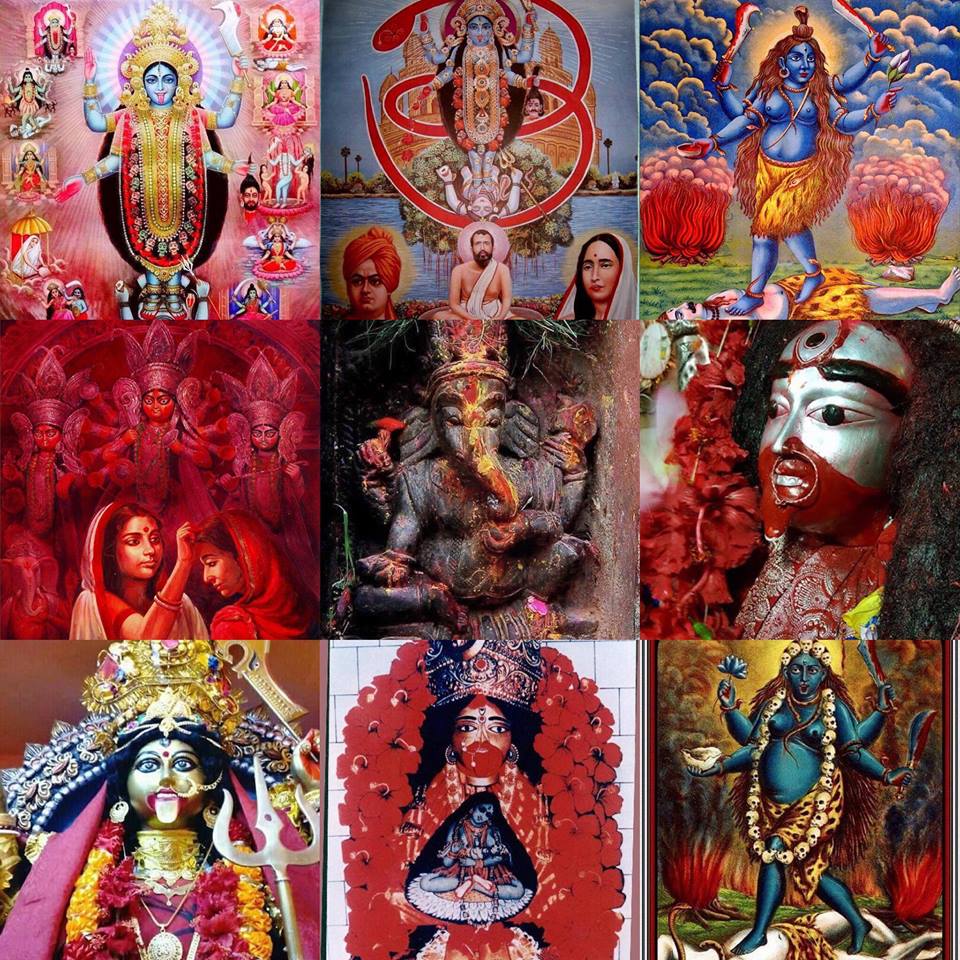
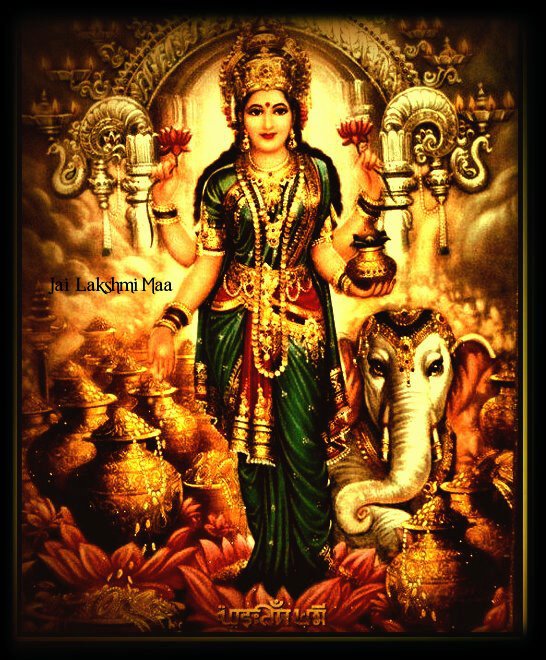

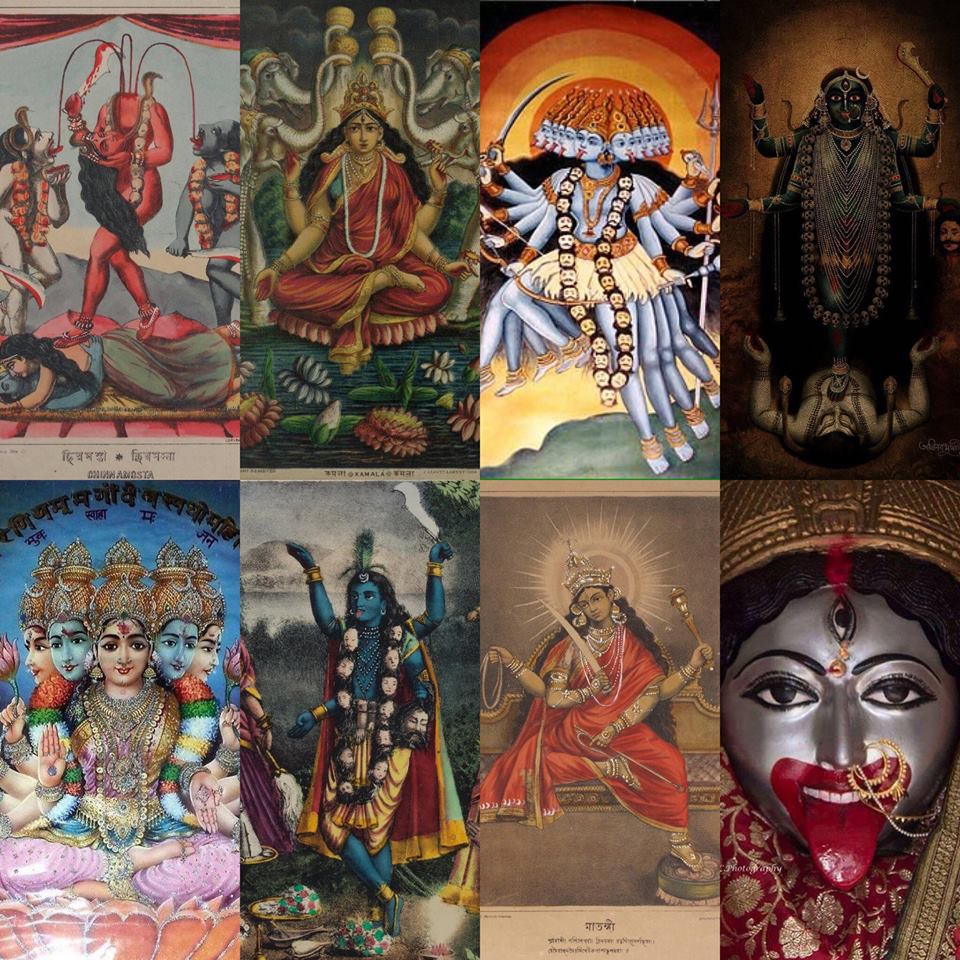
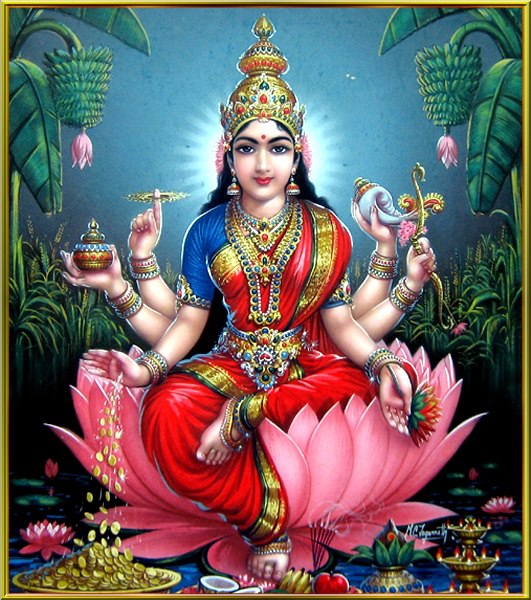



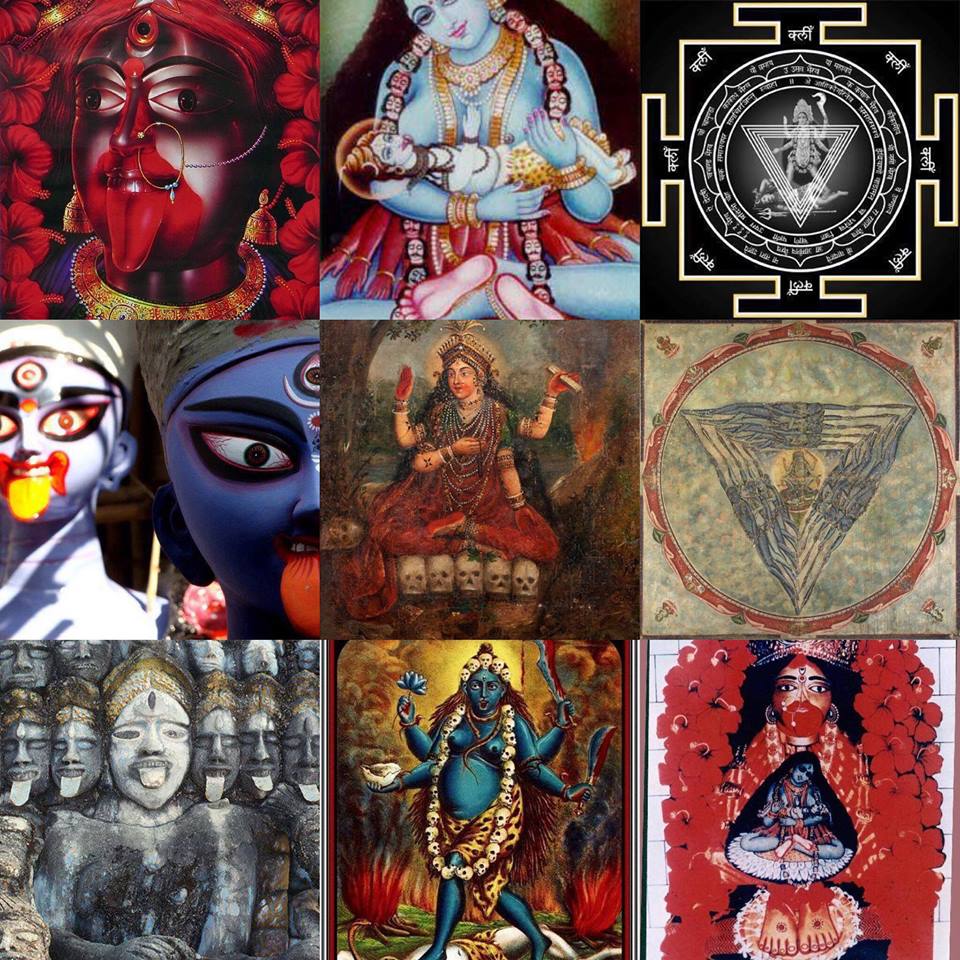


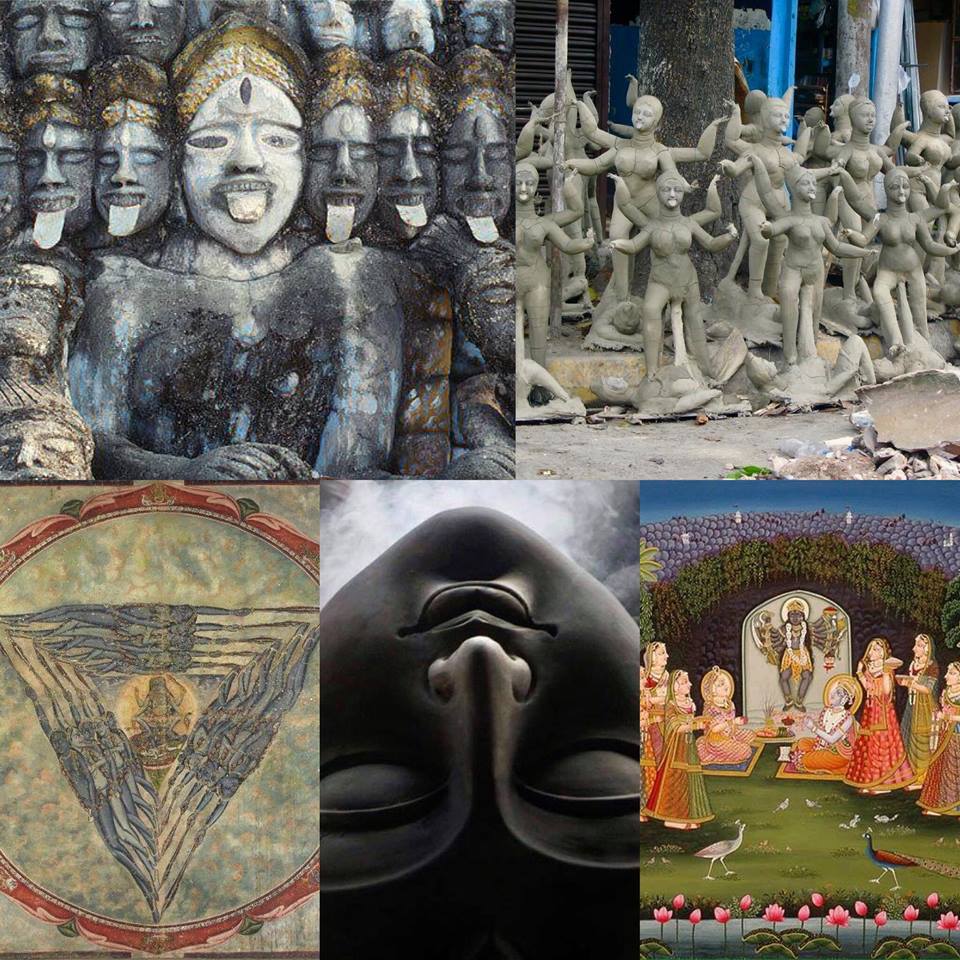







 RSS Feed
RSS Feed























